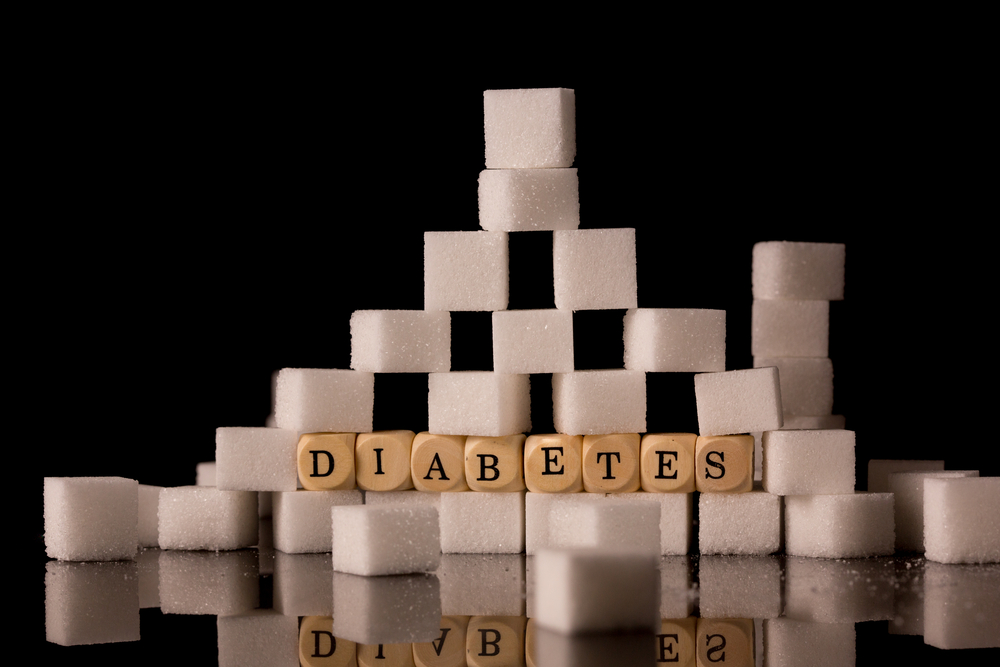
The following biomarkers help determine whether or not there are dysfunctions in blood sugar regulation. Blood sugar dysregulation doesn’t suddenly emerge but develops slowly, so look for clues in the blood test that can help determine if there’s dysregulation and, if so, what it is.
Measuring blood glucose in the fasting state helps identify abnormalities in glucose regulation including high blood glucose levels (hyperglycemia) and low blood glucose levels (hypoglycemia). Glucose is a simple sugar with a complex job. It provides our cells, especially brain and muscle cells, with fuel they can convert into energy. Glucose can be used immediately or stored as glycogen to be used later. Suppose glucose remains too high in the blood. In that case, it can damage proteins, cells, tissues, and blood vessels, leading to chronic diseases such as diabetes mellitus, cardiovascular disease, and kidney failure. Addressing high blood glucose early on with lifestyle and nutrition changes is very important.
Reference Range: 65-99 mg/dL (3.6 -5.5 mmol/L)
ODX Range: 75-86 mg/dL (4.2-4.8 mmol/L)
CLICK HERE for more information on Glucose, Fasting, Plasma
American Diabetes Association. “2. Classification and Diagnosis of Diabetes: Standards of Medical Care in Diabetes-2020.” Diabetes care vol. 43,Suppl 1 (2020): S14-S31. doi:10.2337/dc20-S002
American Diabetes Association. “2. Classification and Diagnosis of Diabetes: Standards of Medical Care in Diabetes-2021.” Diabetes care vol. 44,Suppl 1 (2021): S15-S33. doi:10.2337/dc21-S002
Bancks, Michael P et al. “Long-term Absolute Risk for Cardiovascular Disease Stratified by Fasting Glucose Level.” Diabetes care vol. 42,3 (2019): 457-465. doi:10.2337/dc18-1773
Bjornholt, J V et al. “Fasting blood glucose: an underestimated risk factor for cardiovascular death. Results from a 22-year follow-up of healthy nondiabetic men.” Diabetes care vol. 22,1 (1999): 45-9. doi:10.2337/diacare.22.1.45
Bowen, Michael E et al. “Random blood glucose: a robust risk factor for type 2 diabetes.” The Journal of clinical endocrinology and metabolism vol. 100,4 (2015): 1503-10. doi:10.1210/jc.2014-4116
Gerstein, H C et al. “Relationship of glucose and insulin levels to the risk of myocardial infarction: a case-control study.” Journal of the American College of Cardiology vol. 33,3 (1999): 612-9. doi:10.1016/s0735-1097(98)00637-8
Fernandez-Friera, Leticia et al. “Normal LDL-Cholesterol Levels Are Associated With Subclinical Atherosclerosis in the Absence of Risk Factors.” Journal of the American College of Cardiology vol. 70,24 (2017): 2979-2991. doi:10.1016/j.jacc.2017.10.024
Mayans, Laura. “Metabolic Syndrome: Insulin Resistance and Prediabetes.” FP essentials vol. 435 (2015): 11-6.
Nichols, Gregory A et al. “Normal fasting plasma glucose and risk of type 2 diabetes diagnosis.” The American journal of medicine vol. 121,6 (2008): 519-24. doi:10.1016/j.amjmed.2008.02.026
Pagana, Kathleen Deska; Pagana, Timothy J.; Pagana, Theresa N. Mosby's Diagnostic and Laboratory Test Reference. Elsevier Health Sciences. 2019.
Park, Chanshin et al. “Fasting glucose level and the risk of incident atherosclerotic cardiovascular diseases.” Diabetes care vol. 36,7 (2013): 1988-93. doi:10.2337/dc12-1577
Shaye, Kivity et al. “Fasting glucose levels within the high normal range predict cardiovascular outcome.” American heart journal vol. 164,1 (2012): 111-6. doi:10.1016/j.ahj.2012.03.023
Measuring blood glucose in the fasting state helps identify abnormalities in glucose regulation including high blood glucose levels (hyperglycemia) and low blood glucose levels (hypoglycemia). Glucose is a simple sugar with a complex job. It provides our cells, especially brain and muscles cells, with fuel that they can convert into energy. Glucose can be used immediately or stored as glycogen to be used later. If glucose remains too high in the blood it can become damaging and alter proteins, cells, tissues, and blood vessels, leading to chronic diseases such as diabetes mellitus, cardiovascular disease, and kidney failure. It is very important to address high blood glucose early on with lifestyle and nutrition changes.
Reference Range65-99 mg/dL (3.6 -5.5 mmol/L) |
ODX Range75-86 mg/dL (4.2-4.8 mmol/L) |
American Diabetes Association. “2. Classification and Diagnosis of Diabetes: Standards of Medical Care in Diabetes-2020.” Diabetes care vol. 43,Suppl 1 (2020): S14-S31. doi:10.2337/dc20-S002
American Diabetes Association. “2. Classification and Diagnosis of Diabetes: Standards of Medical Care in Diabetes-2021.” Diabetes care vol. 44,Suppl 1 (2021): S15-S33. doi:10.2337/dc21-S002
Bancks, Michael P et al. “Long-term Absolute Risk for Cardiovascular Disease Stratified by Fasting Glucose Level.” Diabetes care vol. 42,3 (2019): 457-465. doi:10.2337/dc18-1773
Bjornholt, J V et al. “Fasting blood glucose: an underestimated risk factor for cardiovascular death. Results from a 22-year follow-up of healthy nondiabetic men.” Diabetes care vol. 22,1 (1999): 45-9. doi:10.2337/diacare.22.1.45
Bowen, Michael E et al. “Random blood glucose: a robust risk factor for type 2 diabetes.” The Journal of clinical endocrinology and metabolism vol. 100,4 (2015): 1503-10. doi:10.1210/jc.2014-4116
Gerstein, H C et al. “Relationship of glucose and insulin levels to the risk of myocardial infarction: a case-control study.” Journal of the American College of Cardiology vol. 33,3 (1999): 612-9. doi:10.1016/s0735-1097(98)00637-8
Fernandez-Friera, Leticia et al. “Normal LDL-Cholesterol Levels Are Associated With Subclinical Atherosclerosis in the Absence of Risk Factors.” Journal of the American College of Cardiology vol. 70,24 (2017): 2979-2991. doi:10.1016/j.jacc.2017.10.024
Mayans, Laura. “Metabolic Syndrome: Insulin Resistance and Prediabetes.” FP essentials vol. 435 (2015): 11-6.
Nichols, Gregory A et al. “Normal fasting plasma glucose and risk of type 2 diabetes diagnosis.” The American journal of medicine vol. 121,6 (2008): 519-24. doi:10.1016/j.amjmed.2008.02.026
Pagana, Kathleen Deska; Pagana, Timothy J.; Pagana, Theresa N. Mosby's Diagnostic and Laboratory Test Reference. Elsevier Health Sciences. 2019.
Park, Chanshin et al. “Fasting glucose level and the risk of incident atherosclerotic cardiovascular diseases.” Diabetes care vol. 36,7 (2013): 1988-93. doi:10.2337/dc12-1577
Shaye, Kivity et al. “Fasting glucose levels within the high normal range predict cardiovascular outcome.” American heart journal vol. 164,1 (2012): 111-6. doi:10.1016/j.ahj.2012.03.023